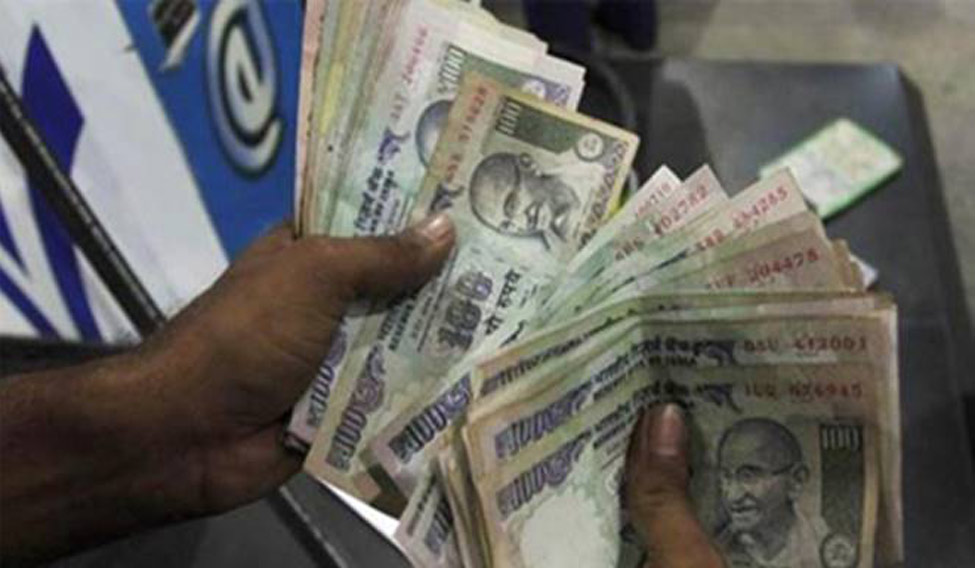India's bond yields rose sharply on Thursday after the government said it would borrow an additional Rs 50,000 crore by selling bonds in the year ending March 2018.
The planned borrowing, which is well above traders' expectation of around Rs 25,000 crore to Rs 30,000 crore, sent India's benchmark 10-year bond yields up as much as 15 basis points to 7.369 per cent, its biggest one-day increase since February.
The extra borrowing comes in the backdrop of falling tax collections since the rollout of the Goods and Services Tax. November GST collections at Rs 80,808 crore were the lowest since the new tax regime was implemented from July 1.
The additional borrowing raised concerns over inflation, which has already spiked in recent months and there are also worries that the government will find it difficult to contain its fiscal deficit this year at 3.2 per cent of the country's gross domestic product.
“The Centre may be compelled to defer the fiscal consolidation process by breaching its gross fiscal deficit (GFD) target of 3.2 per cent of GDP in FY18,” said Suhas Harinarayanan, head of institutional equity research at JM Financial.
He added that the fiscal slippage could in fact be higher than JM Financial's estimated 3.5 per cent of GDP unless “significant expenditure cuts and positive revenue surprise from divestment comes to the rescue of the Centre.”
Others also expect that it will be an uphill task for the government now to meet its fiscal deficit target, given the additional borrowing and falling GST collections.
“We have been highlighting that the GFD/GDP is on its way to slip to 3.5 per cent in FY18 owing to weaker GST revenues, weaker tax buoyancy due to weaker growth, lower RBI dividend transfer, and limited rationalisation on expenditure front. However, we expected most part of fiscal slippage to be funded via short term papers and drawdown of government cash balance. But it now appears that the fiscal slippage is higher than our expectations, slipping by 50 bps from the budgeted levels at about 3.7 per cent of GDP,” said Madhavi Arora, economist at Kotak Mahindra Bank.
The government's additional borrowing comes at the time many expect that the Reserve Bank of India will switch from its earlier accomodative monetary policy stance to a rather more hawkish tone in 2018 with inflation rising above its comfortable levels.
India's consumer price index (CPI) inflation touched a 15-month high of 4.88 per cent in November, up from 3.58 per cent in October. The RBI left its key Repo rate unchanged at 6 per cent, earlier this month and the broader expectation is that the central bank is unlikely to cut interests in 2018.
“Going forward, a fiscal slippage would reflect as higher inflation. As per RBI’s estimates, a 100 bps fiscal slippage by the general government in FY18 may permanently increase inflation up to 50 bps. This will prolong rate cuts in the economy, delaying an important trigger for growth,” said Harinarayanan of JM Financial.
Bond yields have risen in recent months, due to rising inflation, increasing crude oil prices and as foreign central banks like the US Federal Reserve have increased interest rates, putting an end to easy money policies. Analysts now expect the bond yields to remain firm.
Kotak has revised its fourth quarter range for the benchmark 10-year bond yield to 7.15-7.40 per cent range from 6.9-7.1 per cent earlier.






